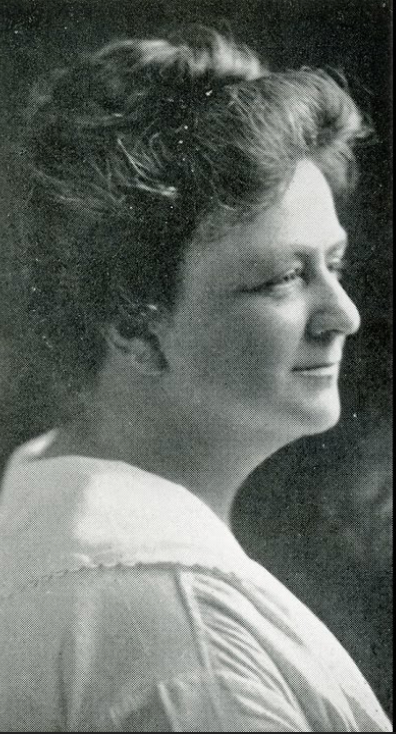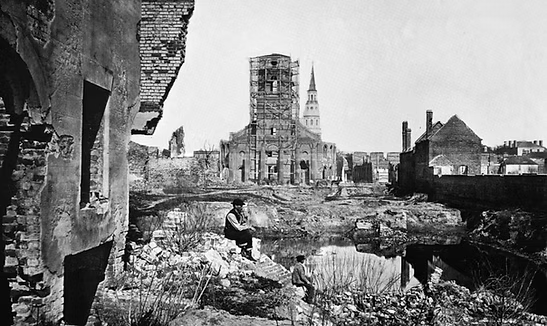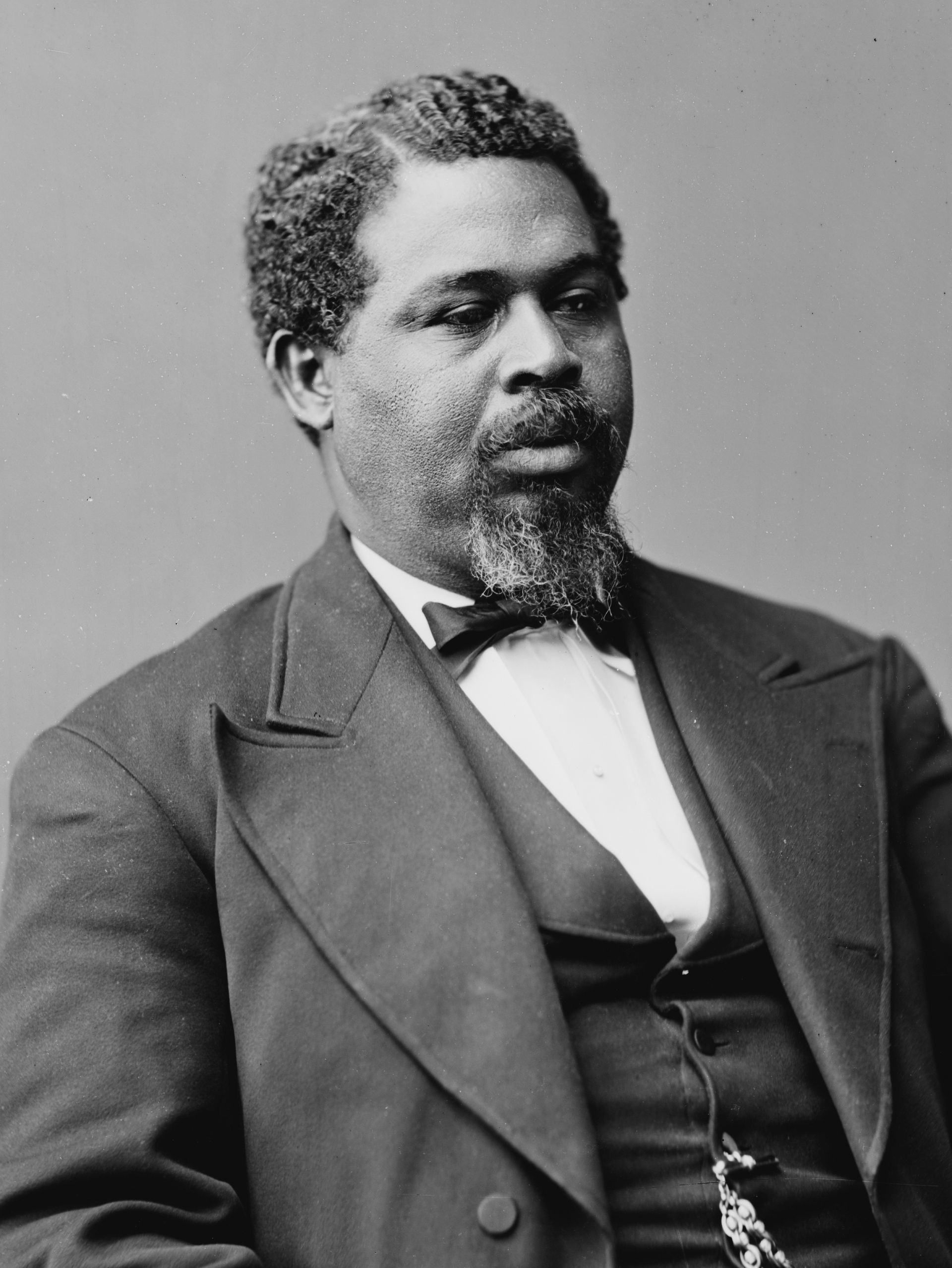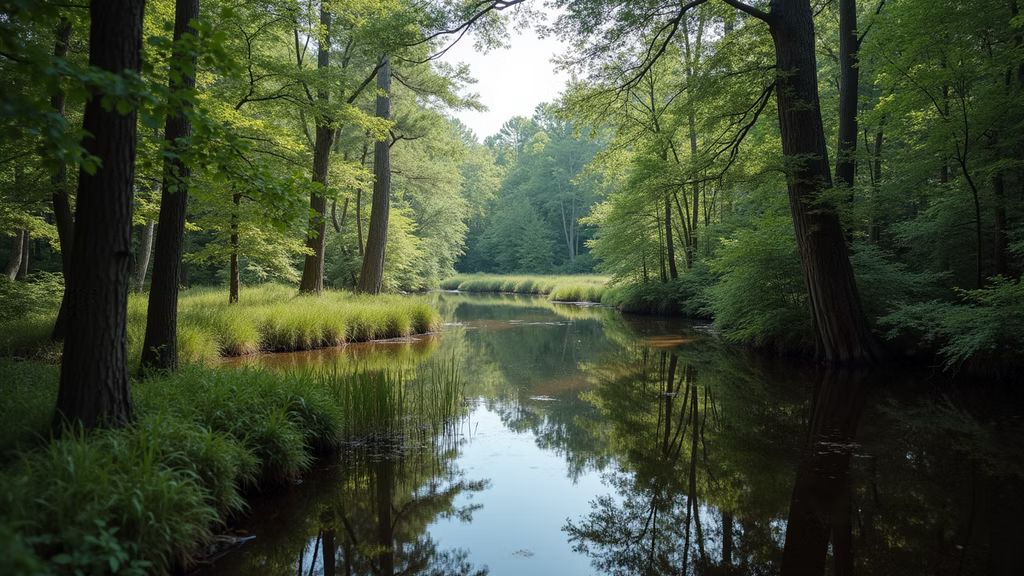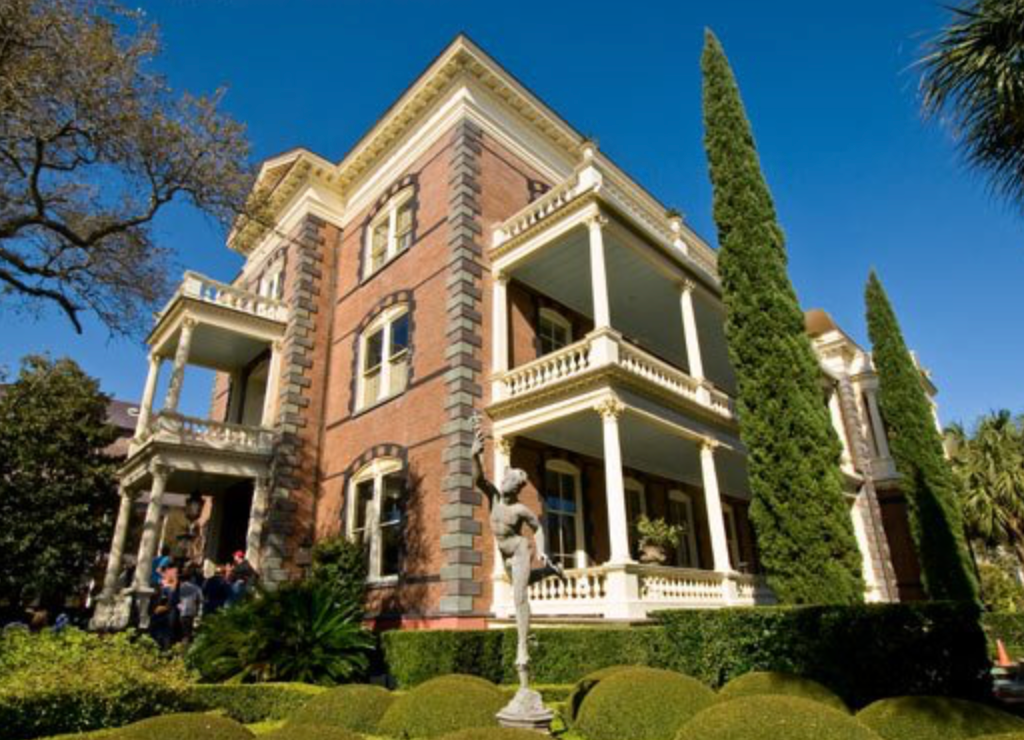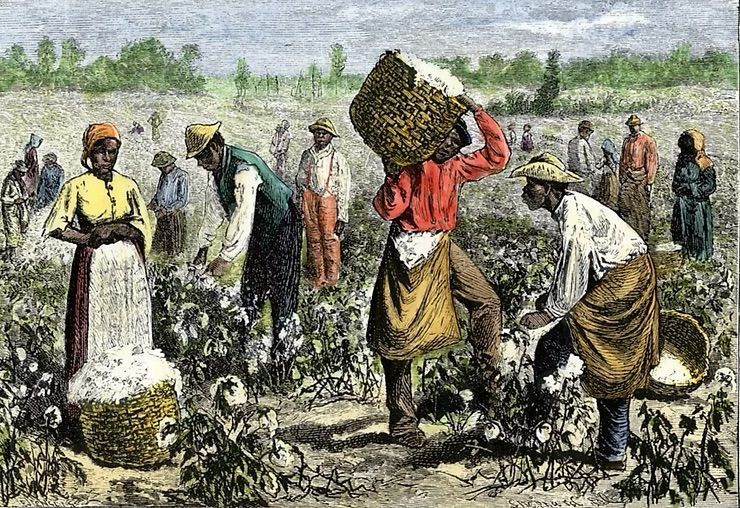The British Occupation of Charleston: A Charleston Revolutionary War Tour
The British Occupation of Charleston: A Charleston Revolutionary War Tour
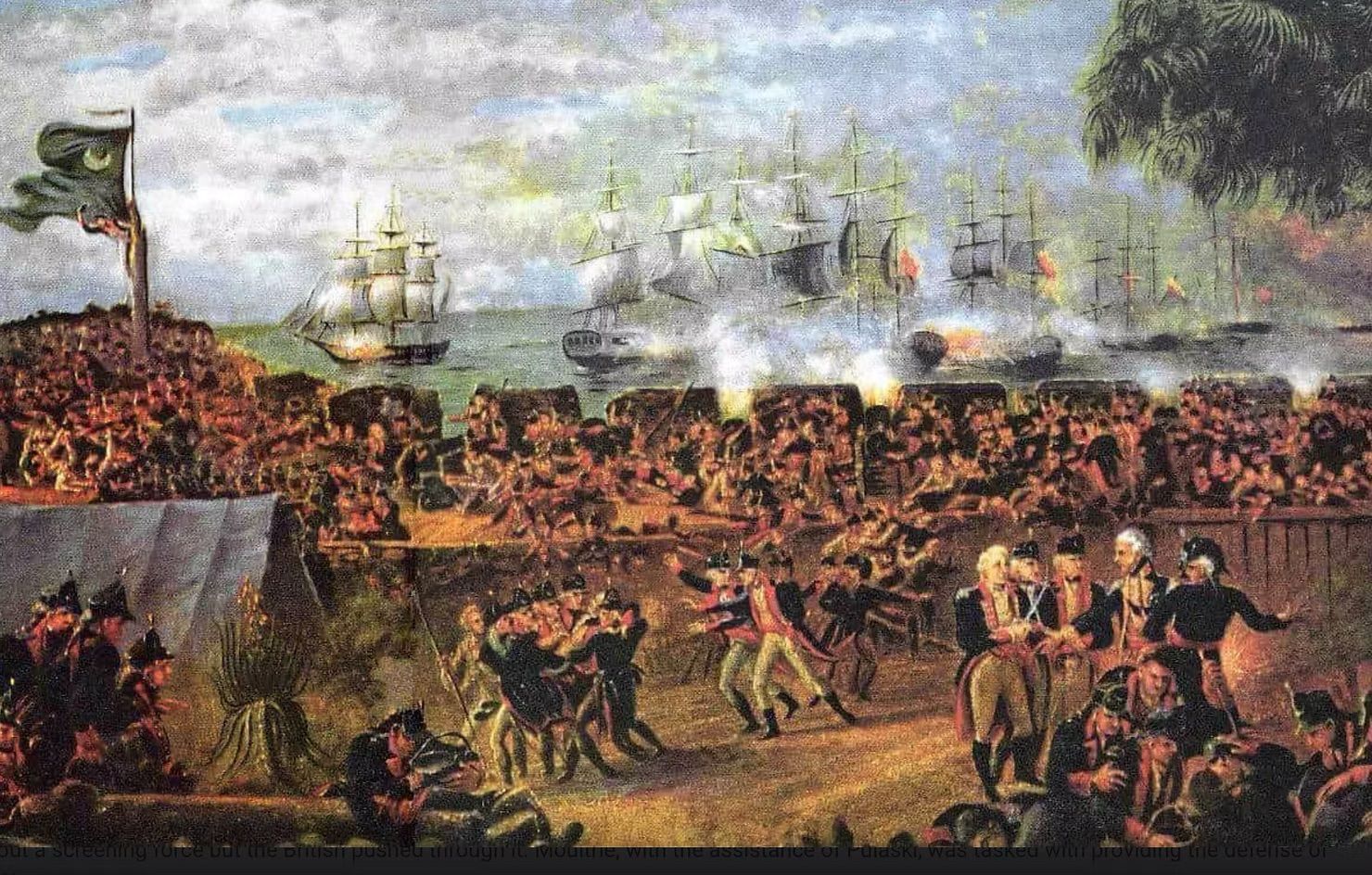
The Siege of Charleston and The Turning Point of the American Revolution
The British occupation of Charleston during the Revolutionary War was one of the most significant episodes in the Southern Campaign, a moment that shifted the course of the conflict and revealed the complexities of war in the American colonies. For those of us on a
Charleston history tour, this period remains a fascinating and brutal chapter.
As the South’s largest and wealthiest city, Charleston, South Carolina, was a hub of trade and a symbol of American resistance. The British had attempted to take it once before in 1776, but were famously repelled at Sullivan’s Island. Four years later, the British high command shifted its strategy to the South, believing loyalist support would bolster their cause.
In March 1780, General Sir Henry Clinton, joined by Admiral Mariot Arbuthnot’s fleet, encircled the city by land and sea. The American defenders, under General Benjamin Lincoln, were heavily outnumbered and ill-supplied. The British slowly tightened their grip, bombarding the city with artillery. On May 12, 1780, Lincoln surrendered unconditionally. The fall of Charleston marked the greatest American defeat of the war, with over 5,000 troops captured.
Historic Charleston Under British Rule
The occupation that followed was harsh and bitter. The British imposed martial law and demanded loyalty oaths from citizens. Many Charlestonians reluctantly complied, but others continued to support the Patriot cause in secret. The occupation turned Charleston into a divided city, with loyalists, British officers, and Hessian soldiers on one side, and disaffected patriots and spies on the other. British troops commandeered homes, and the once-bustling port became a garrison town.
This era of our past provides incredible stories for a Charleston history walking tour. As you walk the cobblestone streets today, it's easy to imagine the tension and division that defined daily life during this challenging period.
The Guerrilla War: The Battle for Charleston SC
Outside the city, the occupation fueled a ferocious guerrilla war. Leaders like Francis Marion, Thomas Sumter, and Andrew Pickens rallied militias that relentlessly harassed British supply lines and attacked isolated outposts. The countryside became a battleground, and the British never fully secured South Carolina despite their hold on Charleston. The brutality of the occupation, including the burning of property, ultimately alienated many locals who might have otherwise supported the Crown.
Revolutionary War Sites in Charleston: The Final Act
The occupation lasted until December 14, 1782, when the British finally evacuated Charleston, more than a year after Cornwallis’s surrender at Yorktown. For Charlestonians, the departure marked liberation, though the scars of war—economic devastation and political division—remained. The occupation had been a short-term triumph for Britain, but ultimately, it underscored the limits of military conquest in a war that was as much about hearts and minds as it was about armies and cities.
Experience Charleston’s Revolutionary History with Our Tours
Ready to walk in the footsteps of history? Our
Charleston history tours bring this pivotal time to life. Discover the sites and hear the stories of rebellion, resilience, and final liberation.
Book your Charleston Revolutionary War tour today and experience the dramatic history of the British occupation firsthand.
